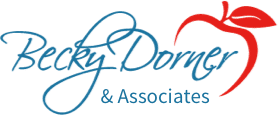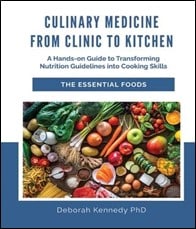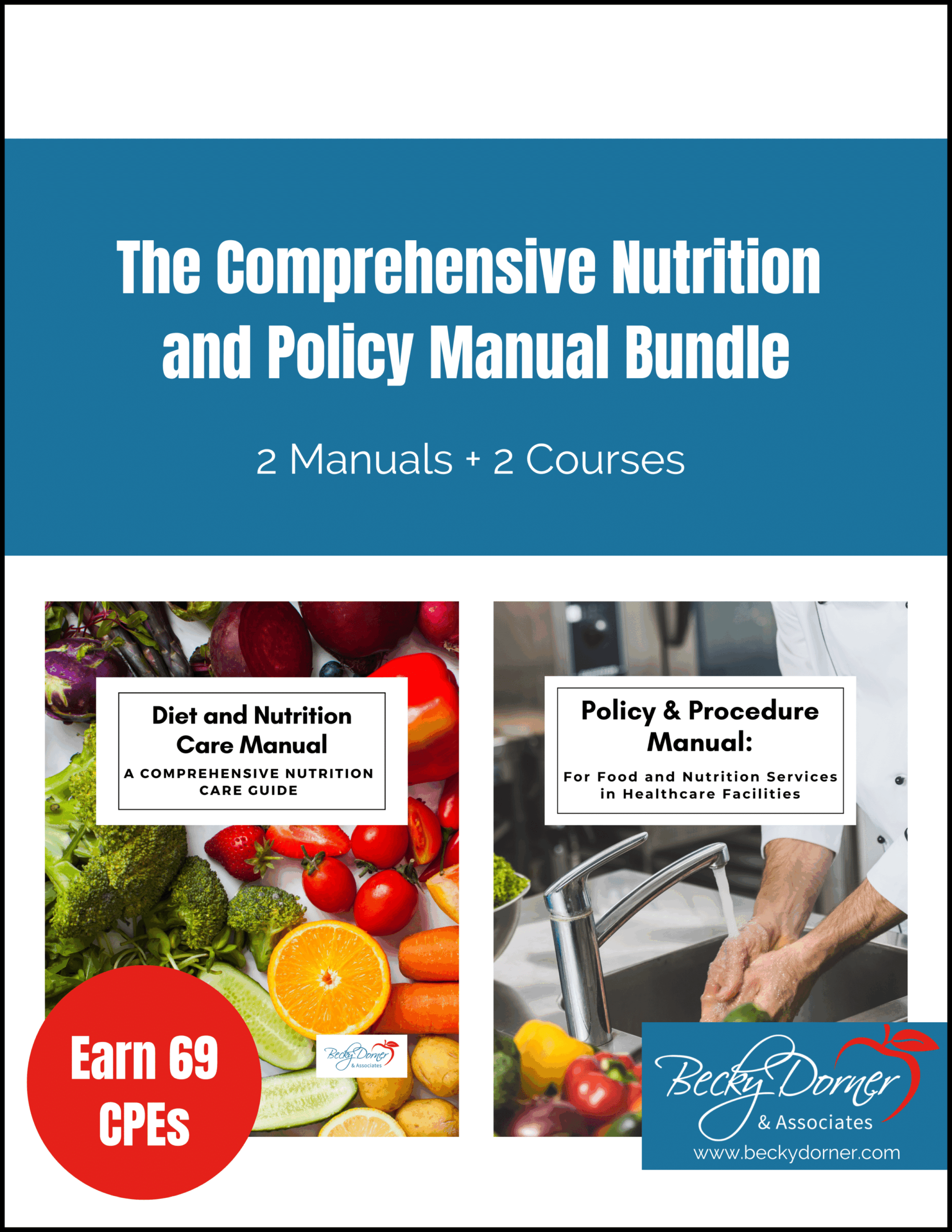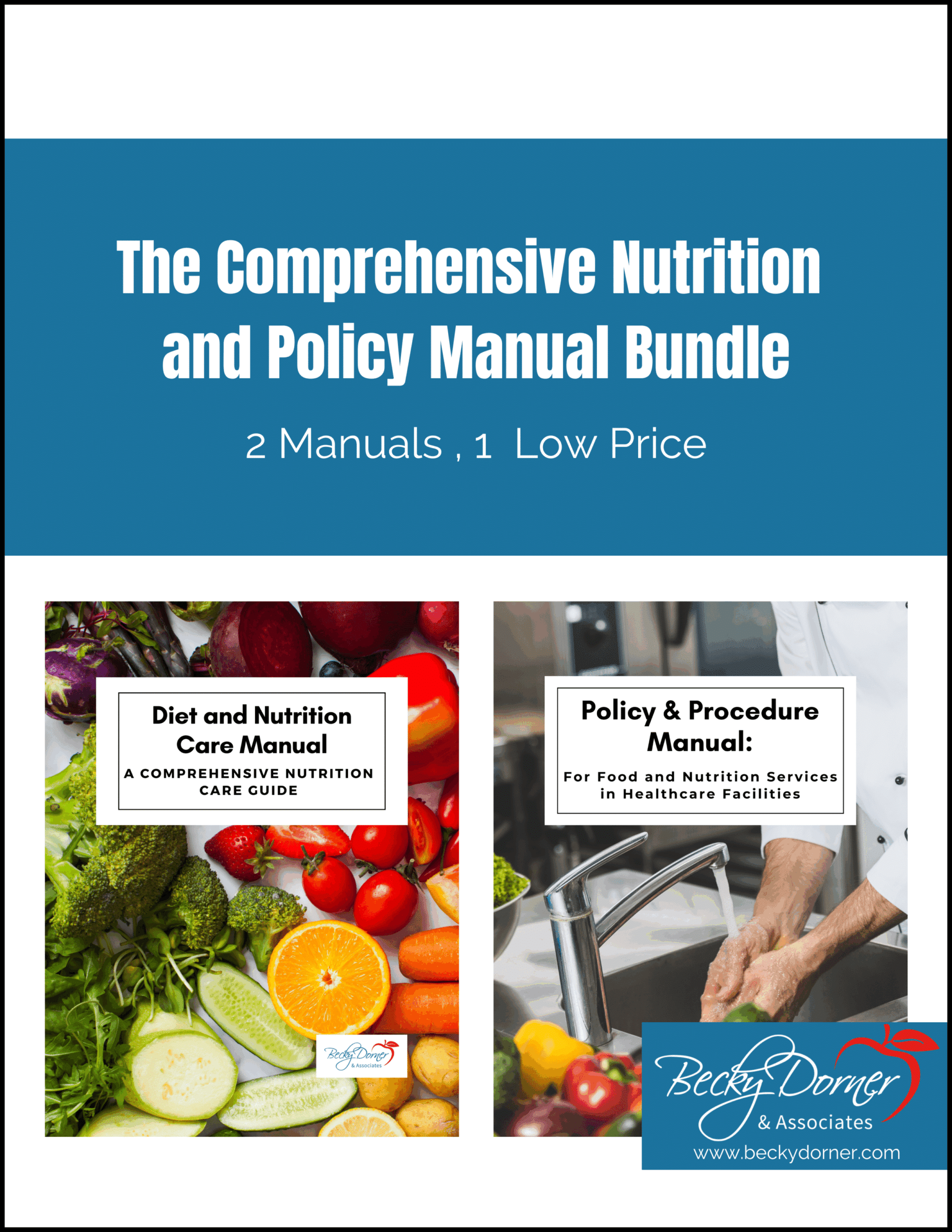
It’s 2022. Has your facility transitioned to IDDSI? May 2019 was the official launch of the IDDSI initiative by the Academy of Nutrition and Dietetics. Fast forward 8 months to early 2020 and we were in the throes of the COVID-19 pandemic, propelling the best intentions for changes in health care delivery into disarray. Now that are learning to live with COVID, it’s time to re-evaluate and get on the IDDSI bandwagon.
What is the International Dysphagia Diet Standardisation Initiative (IDDSI)?
Dysphagia, a swallowing disorder, affects around 8% of the world’s population1, mostly children or the elderly2. Modification of food texture and liquid consistency is a cornerstone of dysphagia management. In the past there has been little consistency in how food and fluids used to treat dysphagia were described and delivered. IDDSI is a multi-disciplinary, international organization that addresses this lack of consistency with a goal to improve patient safety. It provides a framework that standardizes definitions and terminology for food textures and fluid consistencies that can be used across ages, care settings, and cultures3. Gone are the old mechanical soft diet and nectar-thick liquids; now terms like “minced and moist” and “mildly thick” are used. The basic IDDSI framework is pictured below.
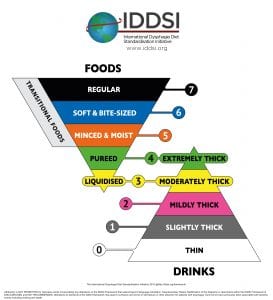
(c) The International Dysphagia Diet Standardisation Initiative 2016
@https://iddsi.org/framework/. Attribution is NOT PERMITTED for derivative works incorporating any alterations to the IDDSI Framework that extend beyond language translation.
A critical aspect of IDDSI is that it requires testing foods and fluids to assure that what is served to a patient/resident is consistent with their diet order4. IDDSI’s vision is that eventually diet orders in acute and post-acute care settings around the world will use the same terminology, and that every patient on a given level (moist and minced or mildly thick, for example) will receive the same food texture and/or fluid consistency, confirmed through standardized testing. Testing foods for the correct texture (using eating utensils such as a fork and spoon) and fluids for the correct consistency (using a syringe and/or spoon) is described in detail in both print and video form on the IDDSI website.
Implementing IDDSI
Although implementing IDDSI is voluntary, the goal is for it to be the international standard of dysphagia care. IDDSI recommends that health care professionals use a 3-step implementation process, beginning with building awareness, then preparing for implementation, and finally adoption5. RDNs should educate themselves on the terminology, become familiar with the recommended testing methods, and then build awareness among colleagues and other disciplines in their work settings outlined on the IDDSI website. Collaboration with the facility speech-language pathologist is critical to assuring a smooth transition.
Because there is a learning curve for facilities and clinicians, adoption of IDDSI takes time. Education of stakeholders at all levels, from corporate managers to facility administration, to care givers and food service staff, is key to implementing IDDSI successfully. Fortunately, the IDDSI website provides excellent resources to help facilities successfully transition. Much of what you need to know about IDDSI implementation in the United States can be found here.
As IDDSI implementation has progressed, its terminology has been integrated into diet and nutrition care manuals, physician’s orders, and menu spreadsheets. Many oral nutritional supplement manufacturers and producers of pre-thickened liquids and texture modified foods are testing and labeling their products with IDDSI terminology.
Where Should You Begin?
Moving to the IDDSI framework requires flexibility and perseverance, but its adoption in facilities around the country (and the world!) is proof that it can be done! Setting a timeline and a goal date for adoption of IDDSI will help your facility move forward. The transition should begin with awareness of stakeholders in the company, then progress to education of staff, preparation for implementation and eventually, when all the pieces are in place, adoption. Make use of the IDDSI website; it is very comprehensive and free, and will help make the transition as seamless as possible.
Additional Resources
Becky Dorner & Associates has professional and staff training resources available for free thanks to the generous support of Hormel Health Labs. In addition, our 2021 Diet and Nutrition Care Manual includes IDDSI terminology and diet guidelines.
Originally published March 1, 2019. Revision May 20, 2022.
References
- Cichero JA, Steele C, Duivestein J, et al. The need for international terminology and definitions for texture-modified foods and thickened liquids in dysphagia management: foundation of a global initiative. Curr Phy Med Rehabil Rep. 2013;1(4):280-291. doi: 10.1007/s40141-013-0024-z.
- Marcason W. What is the International Dysphagia Diet Standardisation Initiative? J Ac Nutr Diet. 2017. 117(4):652. doi.org/10.1016/j.jand.2017.02.004
- IDDSI Framework and Detailed Definitions. IDDSI web site. https://iddsi.org/IDDSI/media/images/Complete_IDDSI_Framework_Final_31July2019.pdf. Accessed May 3, 2022.
- IDDSI Testing Methods. ISSSI web site. https://iddsi.org/Testing-Methods. Accessed May 3, 2022.
- IDDSI implementation. IDDSI web site. https://iddsi.org/implementation/. Accessed May 3, 2022.
